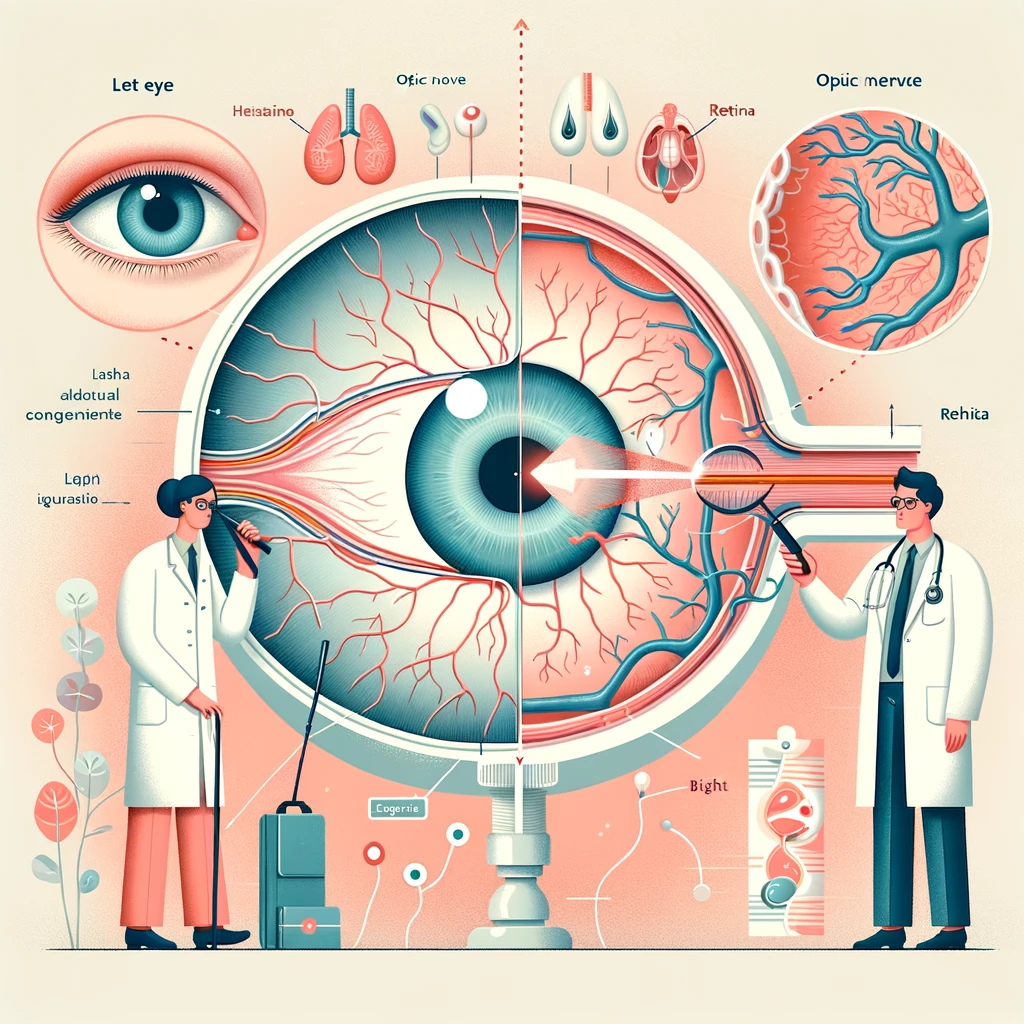Basic Introduction To Eyes
In this, we will learn more about the structure, location, function, what happens in case of eye damage, and how we can keep our eyes healthy…
1. What Is An Eye?
Your eye is the primary organ of vision that uses light rays to allow you to see objects in your environment. Most humans have two eyes; each eye gathers information about the surrounding environment, but the brain produces the final image.
The eye functions similarly to a camera, capturing images in seconds and storing them as memories in the brain. When you see with one eye, you have monocular vision; with both eyes, you have binocular vision.
2. How Do Eyes Look, And Where Are They Present?
An adult human eye measure approximately 24.2 mm (transverse), 23.7 mm (sagittal) and 22.0-2.8 mm (axial). Your eye is a hollow sphere that is spherical and slightly compressed. It could be a better ball because the front is a little sharper. The adult eye measures about an inch (2.54cm) in diameter. Your eyes can be round, mono-lid, hooded, downturned, upturned, or almond in shape. The almond eye shape is the most common. Your eye color ranges from black, blue, or green to all shades of brown. Some people have iris spots or streaks that are different colors.
Contact us